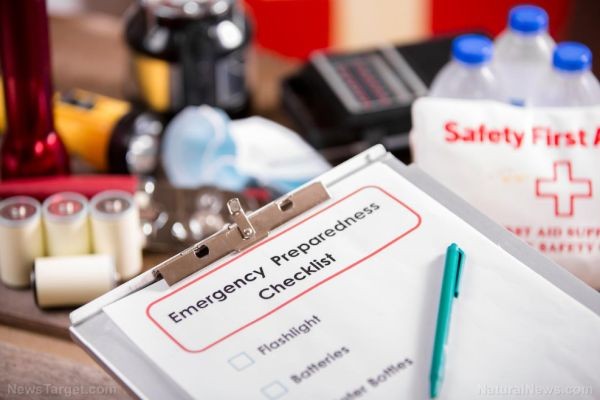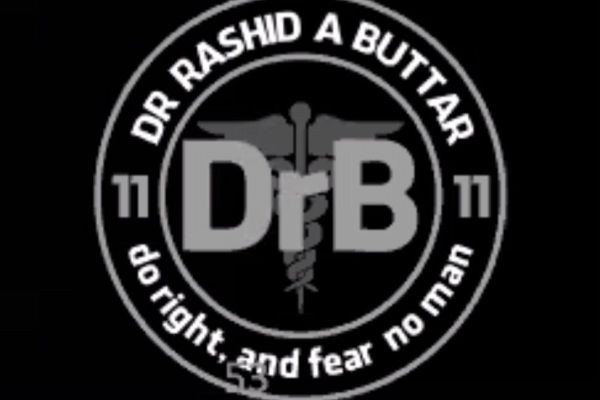01/04/2023 / By Zoey Sky
Count yourself lucky if you have yet to face a survival scenario. Still, you need to prepare for things that could happen following a disaster. (h/t to FoodStorageMoms.com)
The first day after SHTF
On day one after SHTF, check on your neighbors to see if they are fine. If someone is hurt, try to help them.
If the disaster is big enough, you may have limited county or city agencies to provide assistance for the entire area in the short term. Don’t count on others for help after SHTF.
To ensure your survival, you must be prepared to take care of yourselves. This means preparing necessary survival supplies like water, cooking devices, food, shelter, first aid supplies, tools and other supplies.
You must have a plan B if you lose electricity, especially for several days or weeks. If you use gas to heat your home, that might not be available after SHTF.
Don’t neglect your water supply because you won’t always be able to rely on water from the tap if the water supply gets cut off or contaminated and the pumps to bring that water to you don’t have the power available to run them.
The sewer lines could also stop working after 24 hours. If you don’t have a portable toilet, you should buy one immediately.
A portable toilet is crucial for maintaining proper sanitation in your home during a long-term survival scenario.
If you don’t have a portable toilet when SHTF, you need a good shovel so you can at least dig a hole for your own toilet. This is a cheaper alternative and you also need other supplies like black garbage bags, kitty litter and duct tape for your DIY home toilets.
The second day after SHTF
On the second day, non-preppers might have already used up their supply of bottled water and the remaining food in their pantry or freezer.
To avoid running out of water when SHTF, make sure you have at least one gallon or more of water per person each day. This amount is just for drinking and you will need more for cooking, cleaning and sanitation.
If you have the storage space, stock up on at least four gallons of water per person per day. You will need more for cooking, washing clothes or bathing.
If you run out of water, you should at least have some baby wipes to clean yourself. If you don’t have a lot of clean clothes, you should at least use some water to wash your underwear.
You should also invest in a manual washing machine so you can still do the laundry even if the power goes out.
If you have extra water for other tasks, you can do the laundry in a sink or washtub. Don’t just rely on using the bathtub because the water lines might be cut.
The sewer lines might also back up into your house if you try to drain the water after SHTF.
The third day after SHTF
On the third day, if the roads are passable there will be long lines at the grocery stores due to the possible rationing of water and food.
To avoid the crowd, stock up on water and food supplies before disaster strikes. Panicking people in a crowded area can also quickly escalate to looting or violence. (Related: Survival essentials: 9 Off-grid appliances for your homestead.)
Aside from food and water, make sure you also have firearms and extra ammo in your survival stockpile. If things go bad, you should be able to defend your property and your family from any looters.
If you run out of certain supplies after SHTF, bring small bills to pay for your items since the grocery store will not have change.
You should also keep your gas tank at least 1/2 full or 3/4 full whenever possible.
Bartering items to stock up on before SHTF
You don’t have to buy all the items below, but you can choose items that you think other people in your area might need so you can barter for supplies after SHTF.
- Batteries
- Canned food items
- Chickens and eggs
- Cigars (Avoid cigarettes because they can go bad.)
- Coffee/instant coffee
- Cooking oil
- Duct tape
- First-aid supplies
- Fuel (For cars and cooking.)
- Fruits and vegetables from your home garden
- Kitchen staples like flour, sugar, honey and spices
- Laundry detergent
- Matches
- Meat
- Portable water filters
- Powdered drink mixes
- Soap and shampoo
- Toilet paper
- Water purification tablets
Watch the video below for tips on how to prepare a family disaster supplies kit.
This video is from the Survival 101 channel on Brighteon.com
Source:
FoodStorageMoms.com
PreppingInsider.com
Brighteon.com
Preparedness.news
Survival Gear News















Xileen
پہلے 3 سال